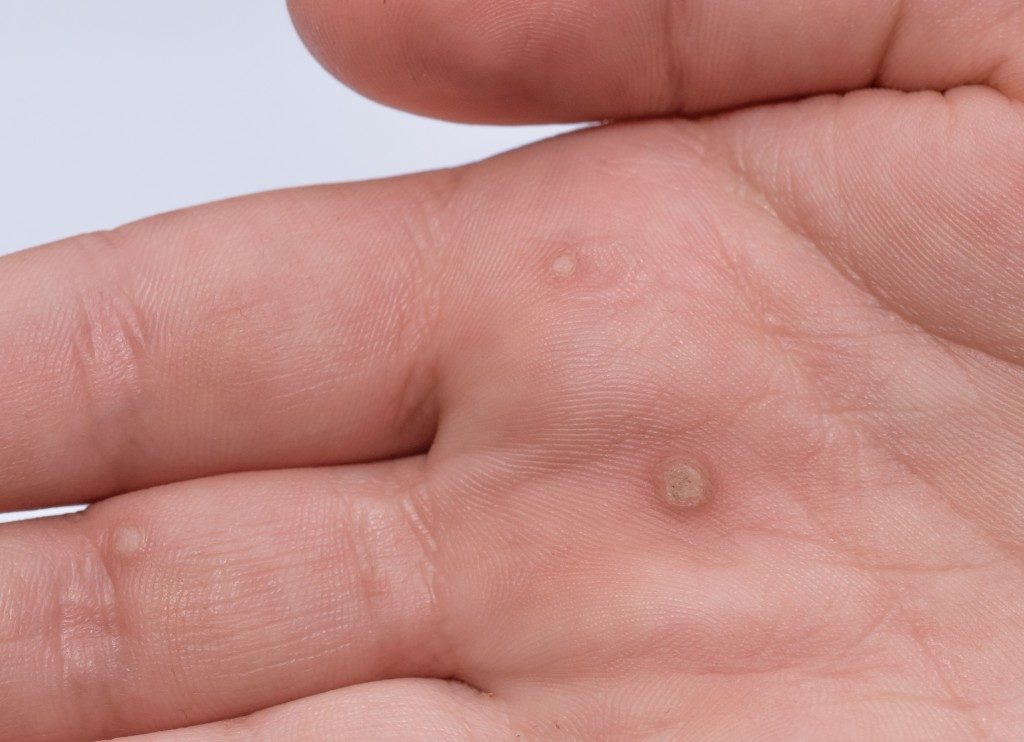Fighting off warts is no big deal for some. The body can build up resistance, and, in time, they will disappear. Other people have to deal with them for far longer. Certain types of warts never ever go away. Yet, perhaps the worst thing about warts is that people don’t really know much about them. Are you ready for a quick lesson?
Warts come in all shapes and sizes
Most warts are harmless and not painful, while others are bothersome. Some people might feel ashamed to go out with warts that make them look like wicked witches. Warts can be treated, but they can also be passed on from one person to another.
A wart can grow big enough to be embarrassing. Warts are variable, but they do share one thing in common. Warts arise from the human papillomavirus (HPV) family. There is no known cure for HPV. There are about 130 known strains of the human papillomavirus and about 100 different types of warts seen in humans.
A virus infection
Warts are caused by HPV, but a person who comes in contact with HPV may not become infected if their immune response is strong. Skin that is injured is more prone to the virus. As such, persons already suffering from skin conditions such as eczema and seeing dermatology treatment in Salem are highly prone to the infection.
There is place on human skin warts cannot grow, but they are most often found on the hands and feet. On the hands, warts could look like hard blisters. Warts can grow anywhere from the size of a pinhead to a rough bump that size of a pea.
On the feet, warts can be found not the bottom and appear as flattened bumps. Warts may also appear on the face, often as long and skinny areas of darker skin.
Skin changes
 Warts are rather partial to soft skin. The virus changes the skin by stimulating cell growth on a particular spot. Consequently, the epidermis thickens, which makes warts rough to the touch. Warts have a variety of physical manifestations. Some are fleshy, grainy bumps that are small.
Warts are rather partial to soft skin. The virus changes the skin by stimulating cell growth on a particular spot. Consequently, the epidermis thickens, which makes warts rough to the touch. Warts have a variety of physical manifestations. Some are fleshy, grainy bumps that are small.
Warts come in different colors. Most are tan or flesh-colored, but others may be pink or white. Some warts may have pinpoints of black on the surface. These are clotted blood vessels and not seeds as some people may surmise.
Consulting a doctor for warts
Most of the time, warts don’t need medical attention. If they don’t bother you or cause any pain, you can leave them be and hope to go away soon. However, some warts could change color or appearance. When this occurs with pain, it’s better to see a dermatologist.
If you notice a sudden appearance of warts and a quick spread of the skin changes, don’t delay seeing a doctor. The spread or warts may be a sign of a problematic or weakened immune system.
Warts are quite common, and if you don’t want someone close to you to get it, you can cover it up with a Band-Aid. Wash your hands after you touch a wart so that you won’t spread the virus to others. Visit a skin doctor if you want to treat or remove warts effectively.



